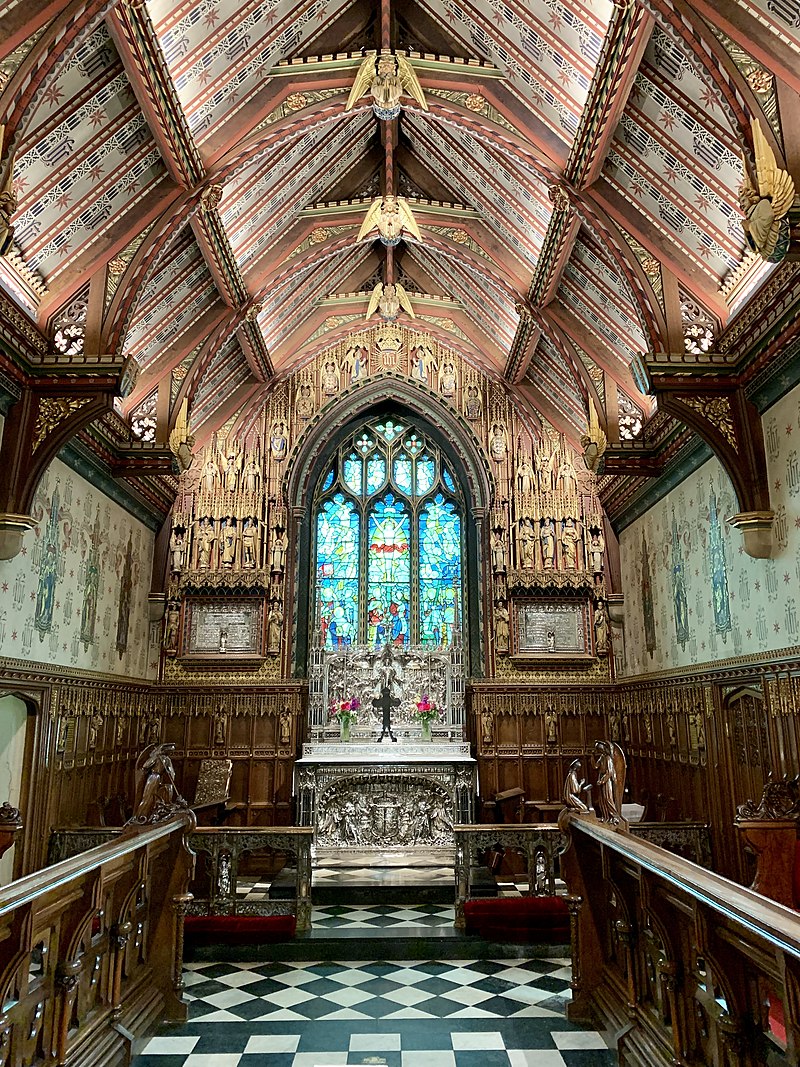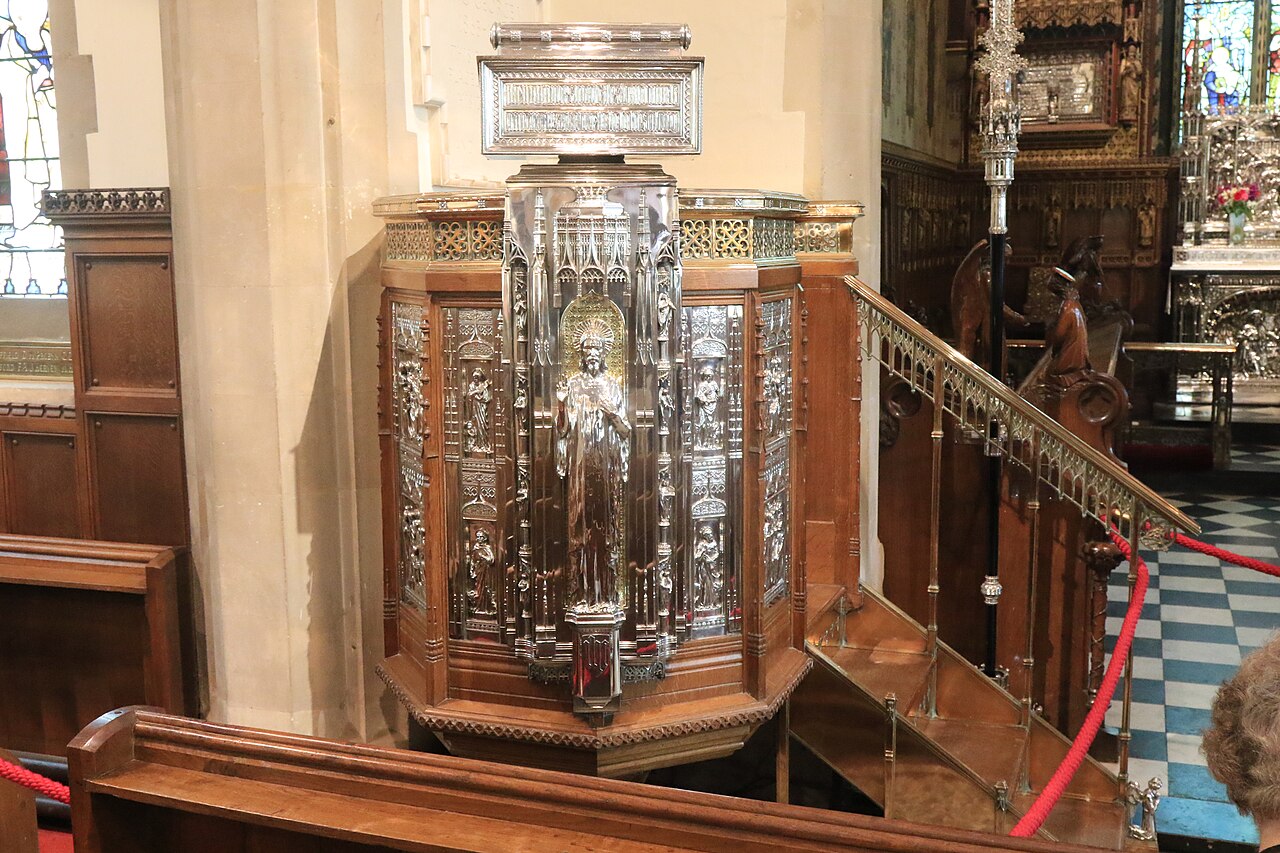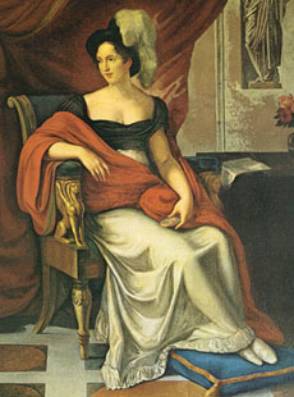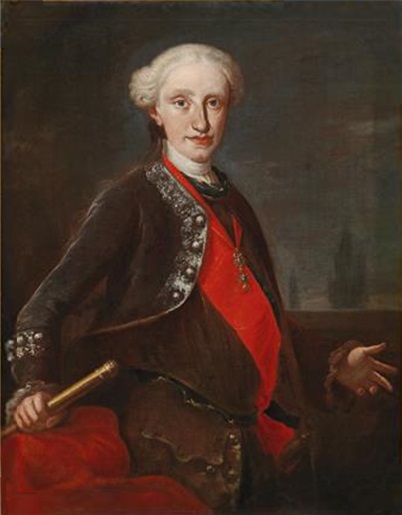by Susan Flantzer
© Unofficial Royalty 2021

St. Mary Magdalene Church; Credit – By Elliott Brown – Flickr: The Church of St Mary Magdalene, Sandringham, CC BY 2.0, https://commons.wikimedia.org/w/index.php?curid=28380611
In 1862, the Prince of Wales, the future King Edward VII, purchased the 8,000-acre Sandringham Estate from William Cowper-Temple, 1st Baron Mount Temple, as a country home for him and his future wife Princess Alexandra of Denmark. Like Balmoral in Scotland, the Sandringham Estate is the private property of the British Sovereign.
Embed from Getty Images
Prince Philip, Prince Edward, Prince Charles, Princess of Wales (red coat with a black hat), Peter Phillips, Prince William (holding flowers), Zara Phillips, Princess Anne, Queen Elizabeth II (purple coat), Queen Elizabeth The Queen Mother (blue coat), Prince Harry, Princess Margaret after the Christmas Day service at St Mary Magdalene Church on December 25, 1993
St. Mary Magdalene Church, located in Sandringham, Norfolk, England, is just southwest of Sandringham House. Sandringham Estate staff regularly use the church and when in residence at Sandringham, members of the British royal family attend services at St. Mary Magdalene Church which usually includes Christmas services.

Chancel of St. Mary Magdalene Church; Credit – By Andrewrabbott – Own work, CC BY-SA 4.0, https://commons.wikimedia.org/w/index.php?curid=80579847
The church dates to the 16th century and was restored by architects Samuel Sanders Teulon in 1855 and Arthur Blomfield in 1890. King Edward VII commissioned Charles Eamer Kempe, a designer and a manufacturer of stained glass, to create some of the church decorations and the stained glass in the east window.

The altar presented to Queen Alexandra by the American department store owner Rodman Wanamaker; Credit – By Andrewrabbott – Own work, CC BY-SA 4.0, https://commons.wikimedia.org/w/index.php?curid=80579848
The church’s silver altar and altarpiece were created by the silversmiths Barkentin & Krall and were presented to Queen Alexandra as a memorial to King Edward VII by the American department store owner Rodman Wanamaker, a patron of many important commissions in the field of liturgical arts. Wanamaker also presented Queen Alexandra with the silver pulpit and a silver 17th-century Spanish processional cross.

The pulpit presented to Queen Alexandra by the American department store owner, Rodman Wanamaker; Credit – By Andrewrabbott – Own work, CC BY-SA 4.0, https://commons.wikimedia.org/w/index.php?curid=80579846
On the walls of the church are memorials to several members of the British royal family.

Memorial to Prince Alfred, Duke of Saxe-Coburg and Gotha, Duke of Edinburgh; Credit – By Andrewrabbott – Own work, CC BY-SA 4.0, https://commons.wikimedia.org/w/index.php?curid=80579763

Memorial to King George V; Credit – By Basher Eyre, CC BY-SA 2.0, https://commons.wikimedia.org/w/index.php?curid=70591702
********************
Christenings
Embed from Getty Images
Christening of Princess Eugenie of York
- Prince Albert (later King George VI), son of Prince George, Duke of York, later Prince of Wales and King George V – christened February 10, 1896
- Princess Mary (later Princess Royal), daughter of Prince George, Duke of York, later Prince of Wales and King George V – christened June 7, 1897
- Prince Alexander of Denmark (later King Olav V of Norway), son of Prince Carl of Denmark and Princess Maud of Wales, later King Haakon VII and Queen Maud of Norway – christened August 11, 1903
- Prince John, son of Prince George, Prince of Wales, later King George V – christened August 3, 1905
- The Honorable Diana Spencer (later The Princess of Wales), daughter of John Spencer, 8th Earl Spencer, first wife of King Charles III – christened August 30, 1961
- Princess Eugenie of York, daughter of Prince Andrew, Duke of York – christened December 23, 1990
- Princess Charlotte of Wales, daughter of Prince William, The Prince of Wales – christened July 5, 2015
********************
Burials

Graves of Prince John and Prince Alexander John; Credit – www.findagrave.com
- Prince Alexander John (April 6, 1871 – April 7, 1871), son of The Prince of Wales, later King Edward VII
- Prince John (1905 – 1919), son of King George V
Relatives of Diana, Princess of Wales

St. Mary Magdalene Churchyard; Credit – By Immanuel Giel – Own work, CC BY-SA 4.0, https://commons.wikimedia.org/w/index.php?curid=70288455
The family of Diana, Princess of Wales has a connection to Sandringham Estate. Park House, located on the Sandringham Estate, just to the west of Sandringham House, was the birthplace of Diana. However, the family history goes back a little further. In the 1930s, King George V leased Park House to his friend Maurice Roche, 4th Baron Fermoy. Baron Fermoy and his wife Ruth, later a Woman of the Bedchamber and close confidante to The Queen Mother, had three children, all born at Park House, including Diana’s mother The Honorable Frances Ruth Roche. When Frances married John Spencer, Viscount Althorp, the couple took over the lease on Park House from her parents. Diana was born there seven years later, and her father retained the lease on Park House until 1975 when he became the 8th Earl Spencer and the family moved to the Spencer family home Althorp.
Because of this family connection, several members of Diana’s family are buried in the churchyard at St. Mary Magdalene Church.
- Maurice Roche, 4th Baron Fermoy (1885 – 1955), Diana’s maternal grandfather
- The Honorable John Spencer (born and died January 12, 1960), Diana’s brother
- The Honorable Elizabeth Burke Roche (March 27, 1966 – April 2, 1966), Diana’s first cousin, daughter of Edmund Roche, 5th Baron Fermoy
- Edmund Roche, 5th Baron Fermoy (1939 – 1984), died by suicide, Diana’s maternal uncle
- Ruth Roche, Baroness Fermoy (1908 – 1993), Diana’s maternal grandmother
********************
Resting of King George V’s Coffin
In his final years, King George V had several medical issues exacerbated by his habit of smoking including chronic obstructive pulmonary disease and pleurisy. On January 15, 1936, King George V went to bed at Sandringham House complaining of a cold, gradually became weaker, and drifted in and out of consciousness. On January 20, when the king was close to death, his doctors issued a bulletin with words that became famous: “The King’s life is moving peacefully towards its close.” As the king lay dying of bronchitis, Bertrand Dawson, 1st Viscount Dawson of Penn, Physician-in-Ordinary to King George V, gave him a lethal injection of cocaine and morphine, thereby hastening his death to ensure that the announcement of the death would appear first in the morning edition of The Times and not in some lesser publication in the afternoon. Before King George V’s coffin was taken to London to lie in state at Westminster Hall, it rested at St. Mary Magdalene Church. His funeral was held at St George’s Chapel, Windsor Castle in Windsor.
********************
Resting of King George VI’s Coffin
Suffering from lung cancer, King George VI died in his sleep on February 6, 1952, at Sandringham House. His coffin rested at St. Mary Magdalene Church until it was taken to London on February 11, 1952, to lie-in-state at Westminster Hall. His funeral was held at St George’s Chapel, Windsor Castle in Windsor.
********************
This article is the intellectual property of Unofficial Royalty and is NOT TO BE COPIED, EDITED, OR POSTED IN ANY FORM ON ANOTHER WEBSITE under any circumstances. It is permissible to use a link that directs to Unofficial Royalty.
Works Cited
- Britain Express, 2021. Sandringham, St Mary Magdalene Church | History & Photos. [online] Britain Express. Available at: <https://www.britainexpress.com/counties/norfolk/churches/sandringham.htm> [Accessed 23 May 2021].
- En.wikipedia.org. 2021. St Mary Magdalene Church, Sandringham – Wikipedia. [online] Available at: <https://en.wikipedia.org/wiki/St_Mary_Magdalene_Church,_Sandringham> [Accessed 23 May 2021].
- Mehl, Scott, 2013. Park House, Sandringham Estate. [online] Unofficial Royalty. Available at: <https://www.unofficialroyalty.com/park-house-sandringham-estate/> [Accessed 23 May 2021].
- Mehl, Scott, 2015. Sandringham House. [online] Unofficial Royalty. Available at: <https://www.unofficialroyalty.com/sandringham-house/> [Accessed 23 May 2021].
- Sandringhamestate.co.uk. 2021. Sandringham. [online] Available at: <https://sandringhamestate.co.uk/attractions/sandringham-church> [Accessed 23 May 2021].














